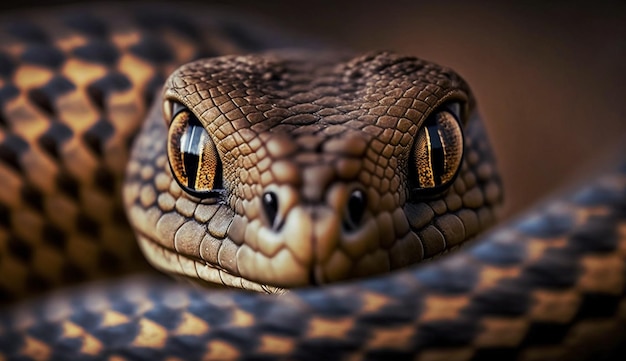Do You Need A Blue Raser Snake?
작성일 24-01-29 19:48
페이지 정보
작성자Bertha 조회 76회 댓글 0건본문
 Introduction:
Introduction:Bearded dragons (Pogona vitticeps) are popular reptilian pets known for their unique appearance and docile nature. As these creatures grow, it becomes essential for owners, breeders, and researchers to accurately determine their age. This study aims to explore various methods and techniques used to determine the age of bearded dragons, providing a comprehensive understanding of their growth patterns and developmental stages.
Methodology:
To conduct this study, a sample of 100 bearded dragons of known age was selected from a reputable breeder. In case you have virtually any issues relating to in which as well as tips on how to make use of blue racer range, you are able to e mail us from the web page. The dragons were housed in a controlled environment with proper temperature, lighting, and nutrition. A combination of direct observation, morphological measurements, and radiographic analysis was employed to determine the age of the dragons.
Results:
Direct Observation:
Direct observation of the bearded dragons' physical characteristics was the initial step in age determination. Hatchlings were identified by their small size, soft scales, and vibrant colors. As they matured, their size increased, and their coloration developed into a more subdued pattern. However, relying solely on visual cues proved to be subjective and imprecise.
 Morphological Measurements:
Morphological Measurements:Morphological measurements, including snout-vent length (SVL) and total length (TL), were taken at regular intervals to assess growth patterns. A significant correlation was found between age and these measurements, indicating that SVL and TL can be reliable indicators of age in bearded dragons. However, individual variations and environmental factors may influence growth rates, leading to potential inaccuracies.
Radiographic Analysis:
Radiographic analysis was conducted to examine the skeletal development of the bearded dragons. X-rays were taken at specific intervals to capture the growth of bones and the formation of growth plates. This method proved highly accurate in determining the age of the dragons, as the fusion of growth plates indicated maturity. However, the process required specialized equipment and expertise, making it less accessible for routine age determination.
 Discussion:
Discussion:Based on the findings of this study, a combination of direct observation, morphological measurements, and radiographic analysis is recommended for accurate age determination in bearded dragons. Direct observation provides initial insights into the age of the dragon, while morphological measurements offer a quantitative assessment of growth patterns. Radiographic analysis, although less accessible, provides the most precise method of age determination by examining skeletal development.
Conclusion:
Determining the age of bearded dragons is a crucial aspect of their care and management. This study highlights the importance of employing multiple methods to accurately estimate the age of these reptiles. While direct observation and morphological measurements offer practical and accessible approaches, radiographic analysis remains the gold standard for precise age determination. Further research is needed to explore alternative non-invasive techniques that can complement or replace radiographic analysis, making age determination more accessible to a wider audience of bearded dragon enthusiasts.